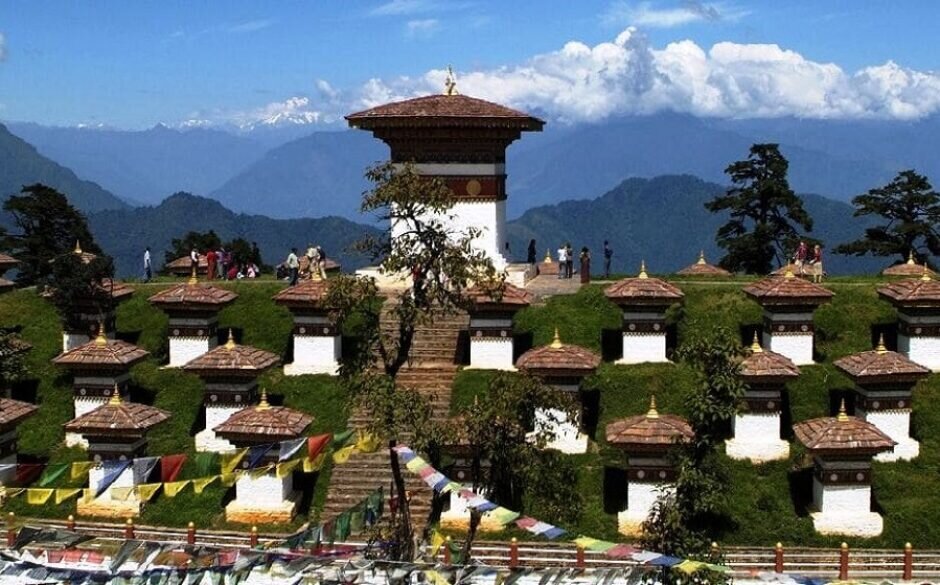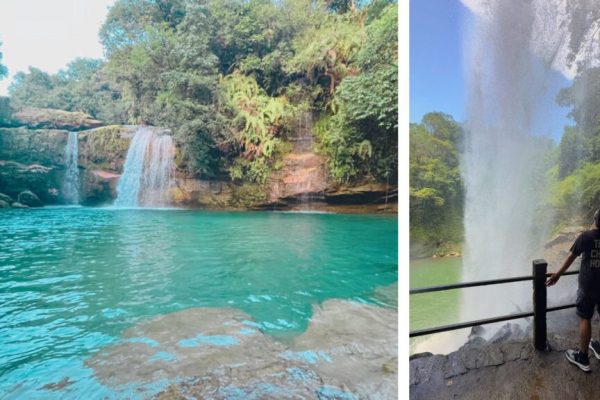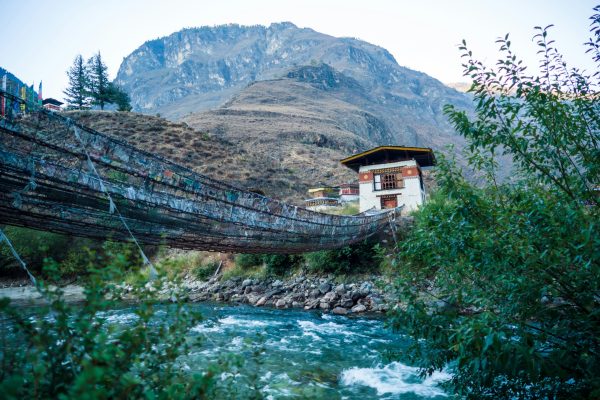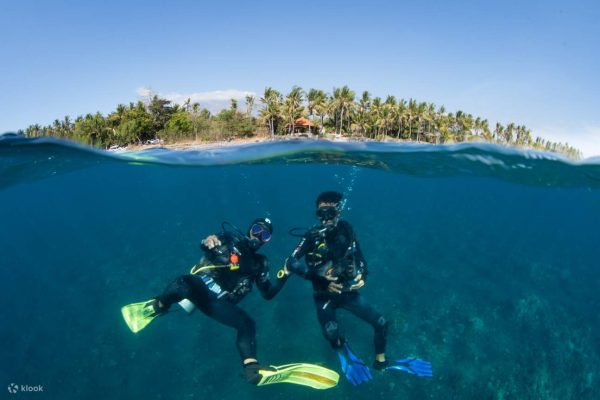Bhutan is more than just mountains and monasteries. It’s a place where tradition meets nature in the most beautiful way. While most travelers stick to popular tourist cities like Thimphu and Paro, the real magic lies in the small, peaceful places tucked away from the crowds. If you’re looking to experience authentic Bhutan, then it’s time to step off the usual path.
Today, we’ll take you through some hidden villages in Bhutan that will steal your heart. These places are rich in culture, untouched nature, and warm-hearted people. And the best part? Most of them can be explored through well-planned Bhutan travel packages that include guided village visits, homestays, and cultural tours.
Why Visit the Villages of Bhutan?
The beauty of Bhutan lies in its simplicity and connection with nature. Life in the villages moves at a slower pace. People grow their own food, live in traditional houses, and still follow age-old customs. Visiting these places allows you to connect with the soul of Bhutan—something you won’t find in busy towns.
You’ll learn about Bhutanese farming, taste homemade food, and maybe even wear their traditional dress. And thanks to local guides and curated Bhutan travel packages, visiting these areas is easier than ever.
10 Beautiful Villages in Bhutan You Must Explore
1. Ura Village (Bumthang Valley)
Ura is one of the highest and most picturesque villages in Bhutan. It lies in the Bumthang region and is known for its beautiful landscapes and traditional wooden houses. The annual Ura Yakchoe festival is a cultural treat where locals perform masked dances.
2. Rinchengang Village (Wangdue Phodrang)
This small village is famous for its ancient architecture and skilled stone masons. The houses are tightly clustered, giving the village a unique look. You’ll love walking through its narrow lanes and interacting with locals.
3. Merak and Sakteng (Eastern Bhutan)
Located in the remote Trashigang district, these twin villages are home to the Brokpa community. They wear distinctive outfits made of yak hair and still live in harmony with nature. Reaching here is a bit of a trek, but it’s worth every step.
4. Khoma Village (Lhuentse)
This village is known for weaving the most beautiful silk textiles in Bhutan, called Kishuthara. Visiting Khoma gives you a glimpse of how the traditional Bhutanese dresses are made by hand.
5. Phobjikha Valley (Gangtey Village)
Gangtey is one of the most scenic villages in Bhutan and sits in the famous Phobjikha Valley. It is also a winter home to the endangered black-necked cranes. The area is ideal for nature walks and birdwatching.
6. Dagana Village (South Bhutan)
Dagana is often overlooked by tourists but is full of charm. It has vast forests, rivers, and untouched beauty. If you want peace and connection with nature, this is the place.
7. Laya Village (Gasa District)
At over 3,800 meters, Laya is the highest settlement in Bhutan. It’s surrounded by snow-capped peaks and inhabited by the Layap people. You can reach here via a multi-day trek, which is a real adventure.
8. Rangjung Village (Trashigang)
Rangjung is a growing town, but its surroundings are full of smaller villages with terraced fields and rivers. It’s a great base for exploring East Bhutan.
9. Talo Village (Punakha)
Talo is a peaceful hilltop village known for its flower gardens and sweeping views. It’s also the birthplace of the Queen Mothers of Bhutan. Don’t miss the Talo Tshechu festival if you visit in spring.
10. Ngang Lhakhang Village (Bumthang)
Often called the “Swan Temple Village,” it’s named after the beautiful monastery here. You can also find comfortable homestays and enjoy traditional meals with local families.
Things to Do in Bhutanese Villages
-
Attend Local Festivals: Each village has its own Tshechu or annual festival. These are colorful and full of joy.
-
Try Bhutanese Cuisine: Taste dishes like Ema Datshi (chili and cheese) made fresh with local ingredients.
-
Stay in Homestays: Experience true Bhutanese hospitality by living with a local family.
-
Learn Traditional Crafts: From weaving to pottery, see how art is made by hand.
-
Go on Nature Walks: Most villages are surrounded by forests, rivers, and fields.
How to Plan Your Village Adventure in Bhutan
Many tour operators offer Bhutan travel packages that include village visits. These packages usually come with:
-
Local guides
-
Comfortable transport
-
Accommodation in homestays or eco-lodges
-
Entry permits and cultural activities
For a deeper experience, ask for customized packages focused on rural travel.
When is the Best Time to Visit Bhutan’s Villages?
-
Spring (March to May): Flowers bloom, and many festivals take place.
-
Autumn (September to November): Clear skies and great views.
-
Winter (December to February): Snow in higher villages like Laya, peaceful time to visit.
Avoid the monsoon season (June to August), especially in remote areas.
Interesting Facts About Bhutanese Villages
-
Bhutan has over 700,000 people, and nearly 60% live in rural areas.
-
The country has a unique measure called Gross National Happiness (GNH), and village life plays a big role in it.
-
Most villages still use traditional farming methods without machines.
Tips for Visiting Villages in Bhutan
-
Respect the Culture: Dress modestly and learn basic Bhutanese greetings.
-
Carry Cash: ATMs are rare in remote areas.
-
Bring Warm Clothes: Nights can get cold, even in summer.
-
Stay Flexible: Sometimes, weather can change plans in hilly regions.
FAQs: Village Travel in Bhutan
Q1. Are Bhutan’s villages safe for solo travelers?
Yes! Bhutan is one of the safest countries in the world. Villagers are welcoming and helpful.
Q2. Do I need special permits to visit villages?
For some eastern or remote areas, yes. But if you book through a tour company, they will arrange everything for you.
Q3. Can I stay in these villages?
Absolutely! Many villages have homestays or eco-lodges. It’s the best way to experience local life.
Q4. How do I reach these villages?
Some are accessible by road, while others require short treks. Your tour guide will plan the route based on your interests.
Q5. Will I find food and water easily?
Yes, local meals are available in most villages. Carrying a reusable water bottle is a good idea.
Final Thoughts: Travel Slow, Travel Deep
Bhutan is a country that invites you to slow down. While cities give you a glimpse of modern Bhutan, its heart beats in the villages. These hidden gems offer not just scenic views, but soulful experiences. You’ll return home with stories, memories, and maybe a few lifelong friendships.
So next time you look at Bhutan travel packages, ask about including some of these beautiful villages. They’re not just places on a map—they’re windows into the real Bhutan.









